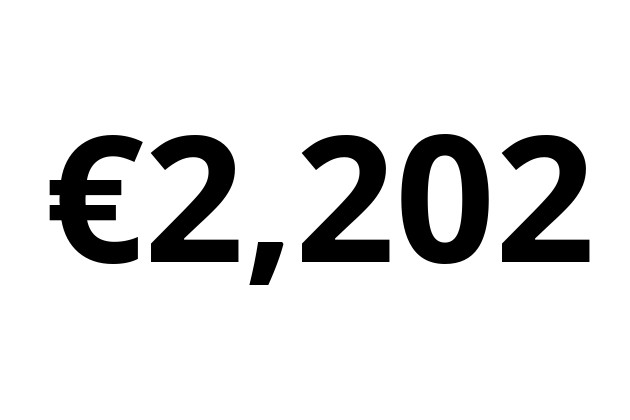Whereas Denmark, Italy, Cyprus, Austria, Finland and Sweden do not have national minimum wages, the 21 member states that do can be divided into three main groups, according to Eurostat.
The first regroups the ten member states--all of which are located in the east of the EU--that have minimum wages below €700 per month. These are: Bulgaria (€332), Hungary (€442), Romania (€458), Latvia (€500), Croatia (€563), Czechia (€579), Estonia (€584), Poland (€614), Slovakia (€623) and Lithuania (€642).
The second group consists of five member states in the south whose minimum wages range between €700 and €1,100 per month--Greece (€758), Portugal (€776), Malta (€785), Slovenia (€1,024) and Spain (€1,108).
Finally the third group is made up of a total of six member states located in the north as well as the west of the EU, with monthly minimum wages above €1,500. Luxembourg tops the list with a minimum wage of €2,202, followed by Ireland (€1,724), the Netherlands (€1,685), Belgium (€1,626), Germany (€1,614) and France (€1,555).
Luxembourg is thus the only EU member state with a minimum wage above €2,000.
Although differences between member states seem very significant at first sight, with the highest minimum wage (Luxembourg) 6.6 times higher than the lowest (Bulgaria), the gap is a little smaller when taking into account price level differences. When looking at it this way, minimum wages in countries with lower price levels become relatively higher and vice versa, whereby the grand duchy’s minimum wage would then only be 2.7 times higher than that of Bulgaria.
